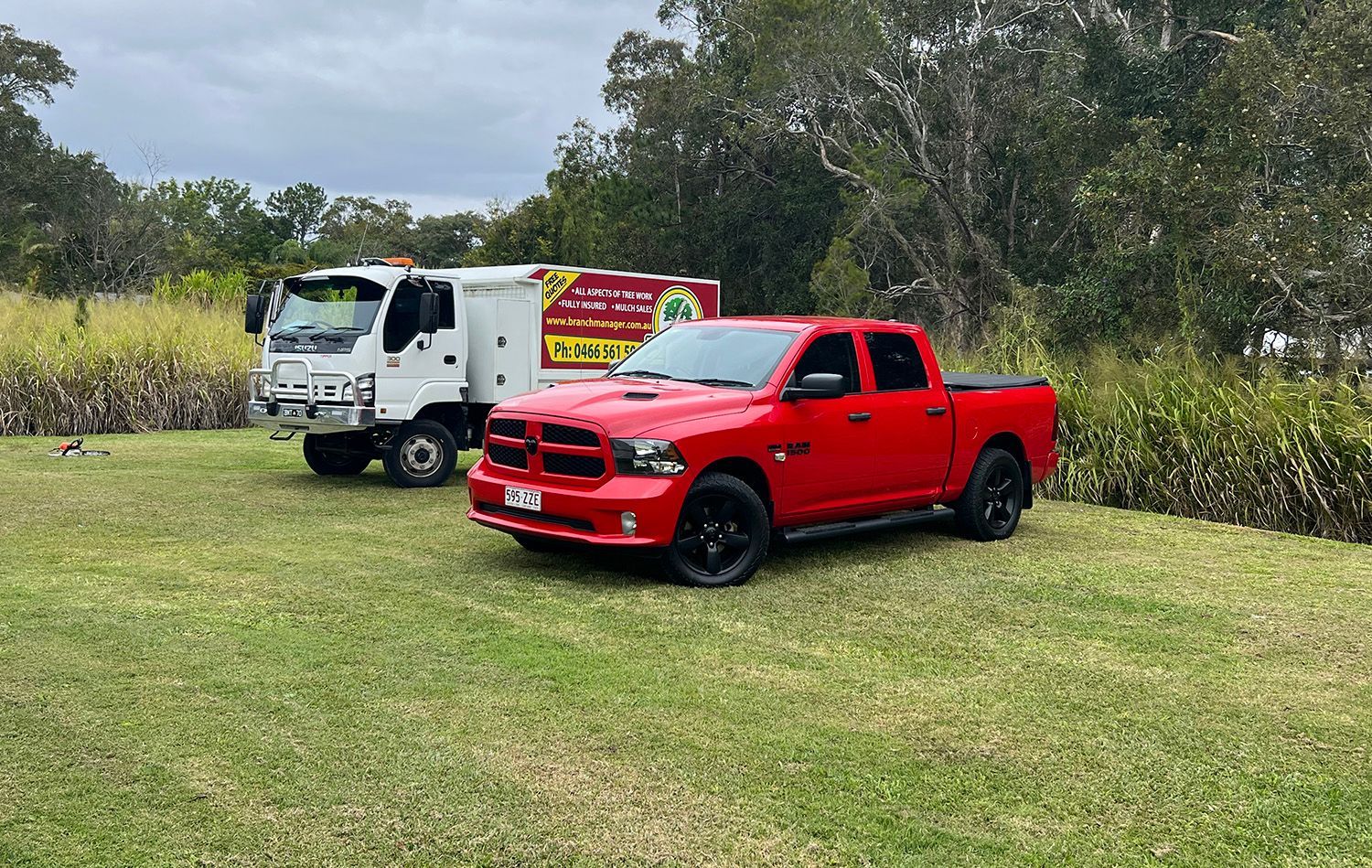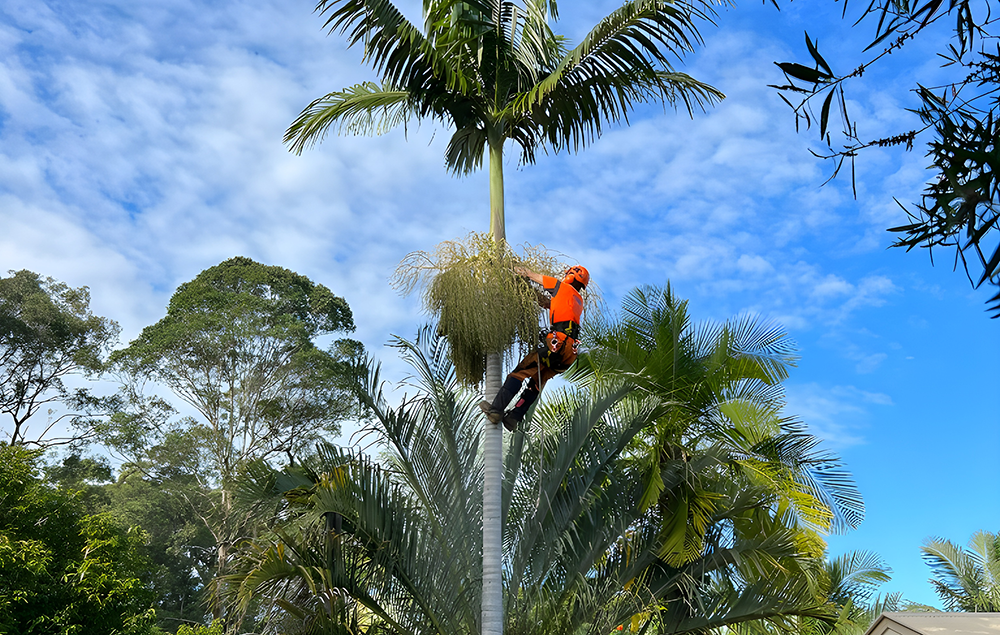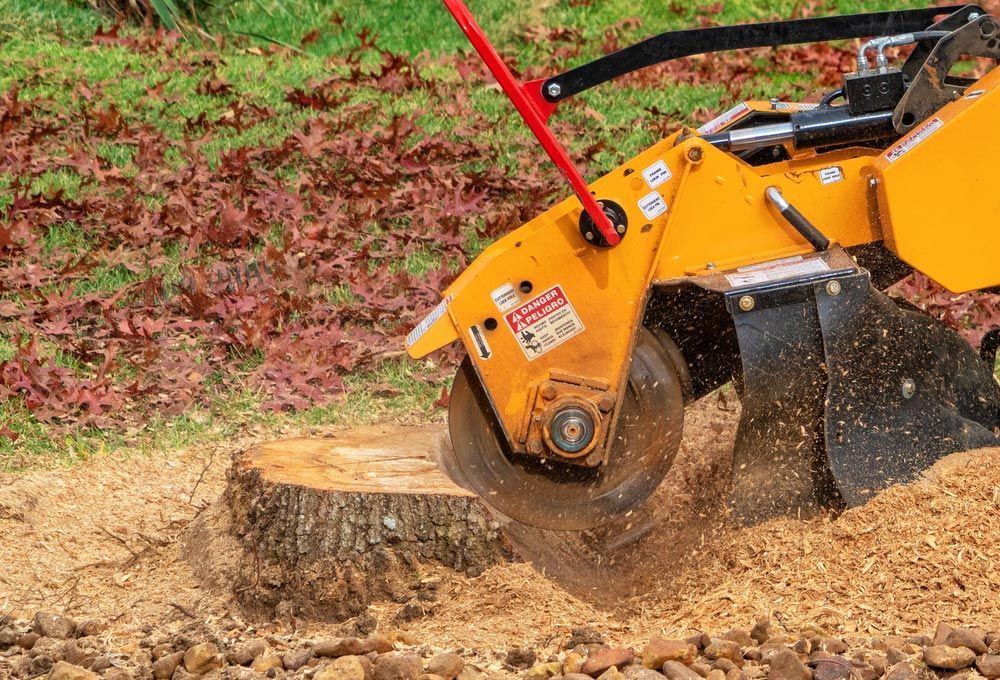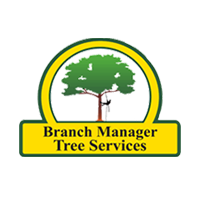Common Parasitic Plants You Should Have Removed From Trees And Why
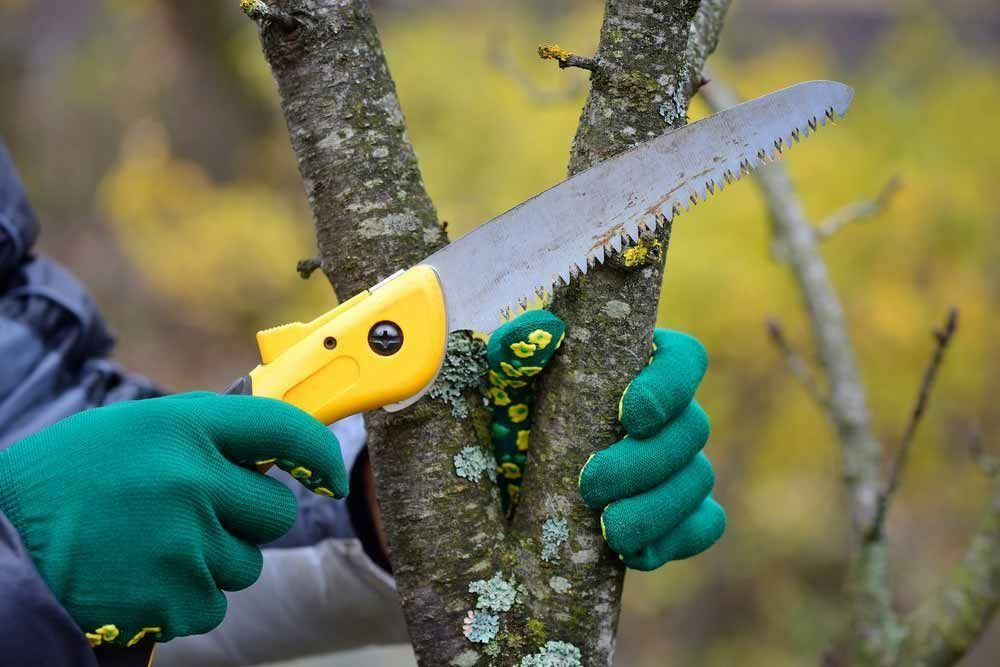
Have you ever noticed strange growths on your trees that resemble vines, flowers or even fruits? These are not part of the tree but rather common parasitic plants that attach themselves to the tree and feed on its nutrients, water and energy. While some of these plants may seem harmless or even attractive, they can cause serious damage to the tree and its surroundings. In this blog, we will explain what these plants are, how they affect the tree and why you should have them removed by a professional tree service.
Identifying Common Parasitic Plants In Your Garden
Parasitic plants are plants that depend on another plant (called the host) for some or all of their needs. They usually have modified roots (called haustoria) that penetrate the host’s tissues and extract what they need. Here’s a closer look at some of the most common ones that affect trees:
Mistletoe (Viscum album)
Mistletoe is a hemiparasite often associated with Christmas. It forms dense masses of foliage on host trees. It uses a special organ, the haustorium, to penetrate the tree's bark and draw out nutrients, although it can still photosynthesise.
Dodder (Cuscuta spp.)
Dodder, or Cuscuta, is a group of over 200 species of yellow, orange or red parasitic plants that lack chlorophyll. It has a thread-like stem that weaves around the stems of other plants, from which it extracts nutrients.
Broomrape (Orobanche spp.)
Broomrape is a range of chlorophyll-lacking plants that cannot photosynthesise, usually found in the roots of species in the Fabaceae, Solanaceae and Asteraceae families. They are known for their showy, snapdragon-like flowers.
Witchweed (Striga spp.)
Witchweed, a name for plants in the genus Striga, is a major pest of cereals and other crops in Africa, Asia and Australia. It germinates in response to host root chemicals and then taps directly into the host’s vascular system.
Australian Christmas Tree (Nuytsia floribunda)
Native to Western Australia, this is a root hemiparasite, famous for its bright orange flowers that bloom around Christmas time. It attaches to the roots of other plants to extract water and nutrients.
Rafflesia (Rafflesia spp.)
Rafflesia, found in Southeast Asia, is a group of parasitic plants known for the world's largest flowers which can reach 1 metre in diameter and emit a strong odour of decaying flesh.
How Do Common Parasitic Plants Affect The Tree?
Common parasitic plants can have various negative impacts on the tree and its environment, such as:
- Reducing the tree’s health and lifespan: Parasites sap vital resources, leaving trees more prone to diseases, pests and environmental stresses, which can hinder their natural life processes and reduce their lifespan.
- Damaging the tree’s structure and appearance: These parasites can deform the tree's shape, damage its structure and create an unsightly appearance. They may also lead to decay and the eventual collapse of the tree, posing a potential hazard.
- Affecting the tree’s ecosystem and biodiversity: The health of the tree's ecosystem may be compromised, with food and shelter for wildlife reduced. Parasitic plants can also impact soil and localised climate conditions, potentially leading to a decline in biodiversity.
Why Should You Have Common Parasitic Plants Removed From Trees?
As you can see, common parasitic plants can pose a serious threat to the health and well-being of your trees and the environment. That is why you should have them removed as soon as possible by a professional tree service. A professional tree service is invaluable in this regard, offering:
- Expert diagnosis: They can accurately identify the type of parasitic plant and the degree of its infestation, tailoring the most effective treatment plan.
- Safe and effective removal: With the right skills and equipment, professionals can remove parasites without causing harm to the tree or people nearby and prevent the risk of re-infestation.
- Tree health and beauty restoration: Post-removal, they'll also help in healing the tree from any infestation-caused damage and can advise on care to rejuvenate its health and appearance, ensuring its long-term well-being and safety.
Save Your Trees And Your Landscape From Parasitic Plants
If you have noticed any signs of parasitic plants on your trees, you should act quickly and contact a professional arborist. At Branch Manager Tree Services, we have the expertise and experience to handle any type of parasitic plant infestation and to provide you with the best solutions for your tree needs. Don’t let parasitic plants ruin your trees and your landscape. Get in touch with us today and let us take care of your tree problems.
